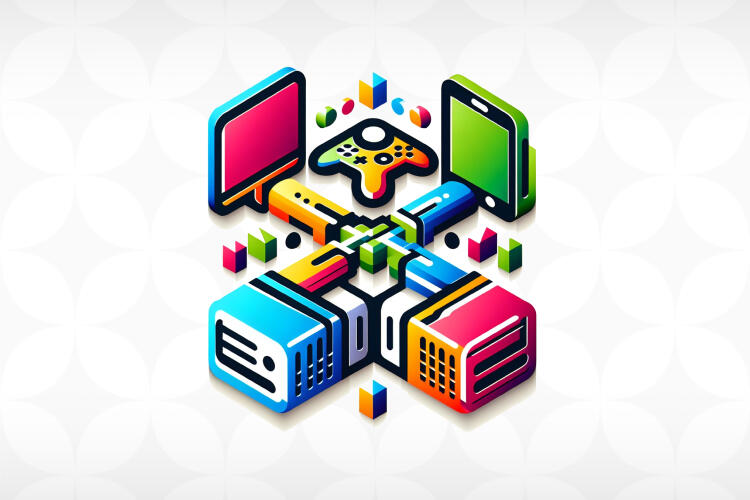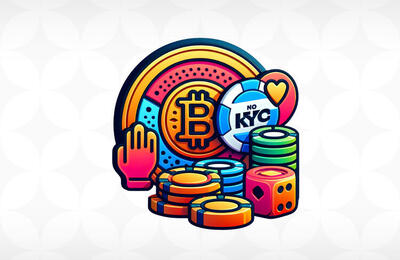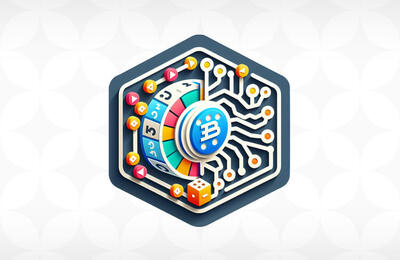
In the realm of gaming, the concept of boundaries is becoming increasingly obsolete. Gone are the days of rigid divisions between gaming platforms; instead, we're witnessing a revolutionary shift towards cross-platform gaming. This phenomenon, characterized by the seamless integration of consoles, PC, and mobile devices, is reshaping the landscape of interactive entertainment as we know it.
Cross-platform gaming isn't merely a recent trend; rather, it represents the culmination of decades of technological progress and industry innovation. While early gaming experiences were confined to specific hardware ecosystems, the emergence of online multiplayer capabilities laid the foundation for cross-platform play. Titles like «Final Fantasy XI» and «Shadowrun» pioneered this concept, allowing players on different platforms to converge within a shared virtual environment. Today, more and more developers, especially mobile ones such as ASTAK TECH with Crazy Fox game, are striving to achieve cross-platform compatibility for their games, and crazy fox free spins serve as a good motivation for players to continue playing every day.
However, it wasn't until recent years that cross-platform gaming truly came into its own. With the rise of cloud gaming services and the proliferation of powerful gaming devices, barriers between platforms have all but dissolved. Players can now seamlessly transition between their console, PC, and mobile devices, accessing their favorite titles and connecting with friends regardless of the hardware they're using.
The Evolution of Cross-Platform Gaming
The evolution of cross-platform gaming traces back to the earliest days of online multiplayer experiences. As internet connectivity became more widespread and robust, developers began exploring ways to unite players across different gaming platforms. Early pioneers like «Final Fantasy XI» and «Shadowrun» provided glimpses of the possibilities inherent in cross-platform play, albeit within the constraints of their respective eras.
Fast forward to the present day, and we find ourselves amid a cross-platform gaming renaissance. Thanks to advancements in cloud technology, players can now enjoy high-fidelity gaming experiences on a myriad of devices, from smartphones to gaming consoles to PCs. Titles like «Fortnite,» «Minecraft,» and «Rocket League» have spearheaded this movement, demonstrating the viability and popularity of cross-platform play on a global scale.
Breaking Down Barriers Between Consoles, PC, and Mobile
One of the most significant developments driving the adoption of cross-platform gaming is the growing emphasis on accessibility and inclusivity within the gaming community. By breaking down traditional barriers between consoles, PC, and mobile, developers are democratizing gaming experiences and fostering a more interconnected player base.
Moreover, cross-platform play has profound implications for game developers and publishers. By leveraging a unified ecosystem, they can reach a broader audience and extend the longevity of their titles. This interconnectedness also facilitates cross-play tournaments and events, transcending the limitations of individual platforms and fostering a more vibrant and dynamic gaming community.
The benefits of cross-platform gaming extend beyond mere accessibility; they also encompass social connectivity and player engagement. Whether you're gaming on your console, PC, or mobile device, the ability to play with friends and family regardless of their chosen platform enhances the social dimension of gaming. This sense of camaraderie and shared experience is fundamental to the appeal of cross-platform play and underscores its potential to unite players across geographical and cultural divides.
Technological Advancements Driving Cross-Platform Compatibility
At the heart of the cross-platform gaming revolution lies a confluence of technological advancements. The advent of cloud computing has empowered players to stream high-fidelity gaming experiences to a variety of devices, regardless of their processing power. Additionally, cross-platform development frameworks and APIs have streamlined the process of porting games across different platforms, reducing development costs and time-to-market.
Furthermore, advancements in network infrastructure and latency reduction technologies have mitigated one of the primary challenges of cross-platform gaming: ensuring a smooth and responsive experience across disparate devices. As a result, players can now enjoy competitive multiplayer matches without being hindered by technical constraints or compatibility issues.
The advent of 5G technology promises to further enhance the cross-platform gaming experience, delivering unprecedented speed and reliability for online gaming. With lower latency and higher bandwidth, 5G networks will enable even more seamless integration between consoles, PC, and mobile devices, ushering in a new era of immersive and interconnected gameplay experiences.
Challenges and Considerations in Cross-Platform Gaming
While the promise of cross-platform gaming is undeniable, it's not without its challenges and considerations. Chief among these is the need to maintain a level playing field across different devices. Balancing gameplay mechanics and performance optimizations to ensure fairness and parity remains a complex and ongoing endeavor for developers.
Moreover, cross-platform compatibility introduces additional complexities in terms of user experience and interface design. Developers must strive to create intuitive and cohesive experiences that cater to the unique characteristics of each platform while preserving the core gameplay mechanics and identity of the title.
As cross-platform gaming continues to evolve, issues surrounding privacy, security, and player moderation also come to the forefront. Ensuring a safe and enjoyable gaming environment for all players, regardless of platform, requires proactive measures and vigilant oversight from developers and platform holders alike. From implementing robust reporting systems to enforcing community guidelines, maintaining the integrity of the gaming experience is paramount in the age of cross-platform play.
Conclusion
In conclusion, cross-platform gaming represents a paradigm shift in the gaming industry, blurring the lines between consoles, PC, and mobile devices. As technology continues to evolve and barriers continue to dissolve, the future of gaming promises to be more interconnected and inclusive than ever before. By embracing the principles of accessibility, innovation, and community, cross-platform gaming is poised to redefine the way we play and experience games for years to come. As we look ahead to the next chapter in gaming history, one thing is certain: the boundaries between platforms may be fading, but the possibilities for interactive entertainment are limitless.















